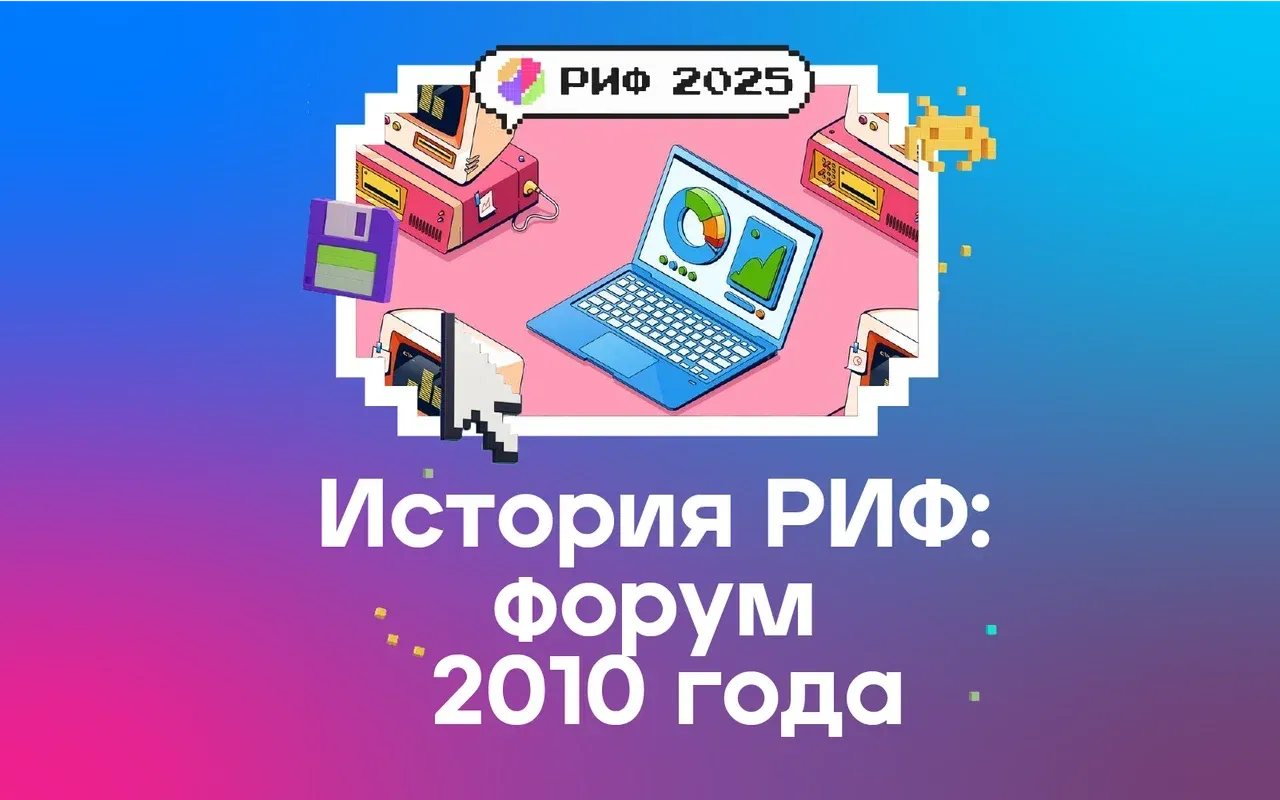RIF 2010: Forecasts with Caution
At the April 2010 ‘RIF + KIB’ in suburban Moscow, Russia’s internet community took stock of growth—and learned that optimism must be tempered with realism.

Hybrid Power and Growing Expectations
From April 21 to 23, 2010, the combined Russian Internet Forum and Internet & Business Conference (RIF + KIB) convened again at the ‘Lesnye Dali’ resort in the Moscow region. This time, the event drew over 6,000 participants, reflecting the strength not only of its legacy but also the backing of state institutions that had supported it since 2004.
The scale of the conference underlined how deeply the event had embedded itself in Russia’s IT ecosystem. Over 100 sessions ran concurrently across 10 parallel tracks. The familiar exhibition of technological feats, now enriched by the integration with KIB, worked to counter skeptics: the message was clear — Russia was making meaningful strides toward leadership in the global Internet. The logic seemed self-evident in the conference’s programming: if business belongs online, then the Internet belongs to business.
Attendees weren’t just passive listeners. They took part in prize raffles, networking, and evening entertainment. The event atmosphere suggested that the digital community was as socially connected as it was tech-savvy.
Content-wise, the primary foci were social media, advertising and marketing frontiers, and the evolution of domain naming — especially in Cyrillic. Igor Shchyogolev, Russia’s Minister of Communications and Mass Media, joined in and offered a toast to Runet’s progress at the reception.
The opening address came from President Medvedev’s advisor, Leonid Reyman. At first his rhetoric seemed bold — phrases like ‘the vanguard of progress’ or ‘integral to our daily life’ raised eyebrows among first-time attendees, some of whom suspected he was dabbling in Internet lore secondhand. But he quickly pivoted to concrete substance: he spoke of the Internet’s role in exposing legal violations, calling the digital sphere unmatched in its capacity to connect society and state. The looming threat of sweeping regulation had begun to recede — a relief felt across the room by both technologists and entrepreneurs.
The authorities used their stage to spotlight progressive regional governors maintaining blogs and urged citizens to visit Gosuslugi (the State Services portal), boosting its visibility and civic engagement.
Regions Take the Lead
As usual, the conference delivered benchmark data on Russia’s broader Internet landscape:
- By the end of 2009, 43 million Russians had Internet experience, of whom 32 million were active users. Among them, youth made up 90% of active users. In Moscow, 100% of women aged 18-24 were actively online.
- In prior years, Moscow and St. Petersburg had dominated growth. But by 2010, further expansion came from Russia’s regions: from 2008 onward, thanks to regional growth, the total number of Runet users rose 22%. At that time, only 37% of provincial inhabitants had access to the Internet.
- Runet overtook print media: by 2009, its audience surpassed that of magazines, and even newspapers in Moscow felt pressure. Among Russians aged 16–24, the Internet became the second most important news source, just behind television.
- Search engines processed 3,300 queries per second on an average workday. By the end of 2008, 160 million email accounts had been registered in Russia — an average of four per user — mainly for free services tied to social networks. Each month, 24.8 million people logged into social network pages; over 90% of users had at least one social profile.
- Mobile Internet was exploding. At the time of RIF+KIB 2010, Russia had 10 million large-screen smartphones — 4 million more than in 2009. Nearly all their owners used them daily online. These devices fueled the rapid rise of microblogging.
- The online advertising market grew 9% in one year, reaching 19 billion rubles (≈ $610 million, at ~0.033 USD/RUB in 2010). Around 10% of corporate profits were being funneled into internet advertising.
- On the other hand, e-commerce growth slowed: 2009 saw a 20% increase, versus 40% in 2008. The average buyer spent 3,000 rubles per month (~$100) in online stores.
In general, the tone of the gathering was cautious — bold predictions were noticeably absent. Social networks assumed the mantle of ‘big money’ territory. Marketers began truly understanding how to convert popularity into revenue. Even licensed digital content promised a reliable revenue stream, shifting debate from copyright disputes to monetization strategies.
As one participant observed: new trends often take 2–3 years to digest, followed by a year of implementation. So the themes flagged in 2010 — including paid bloggers — were likely to evolve from novelty to market staples.

